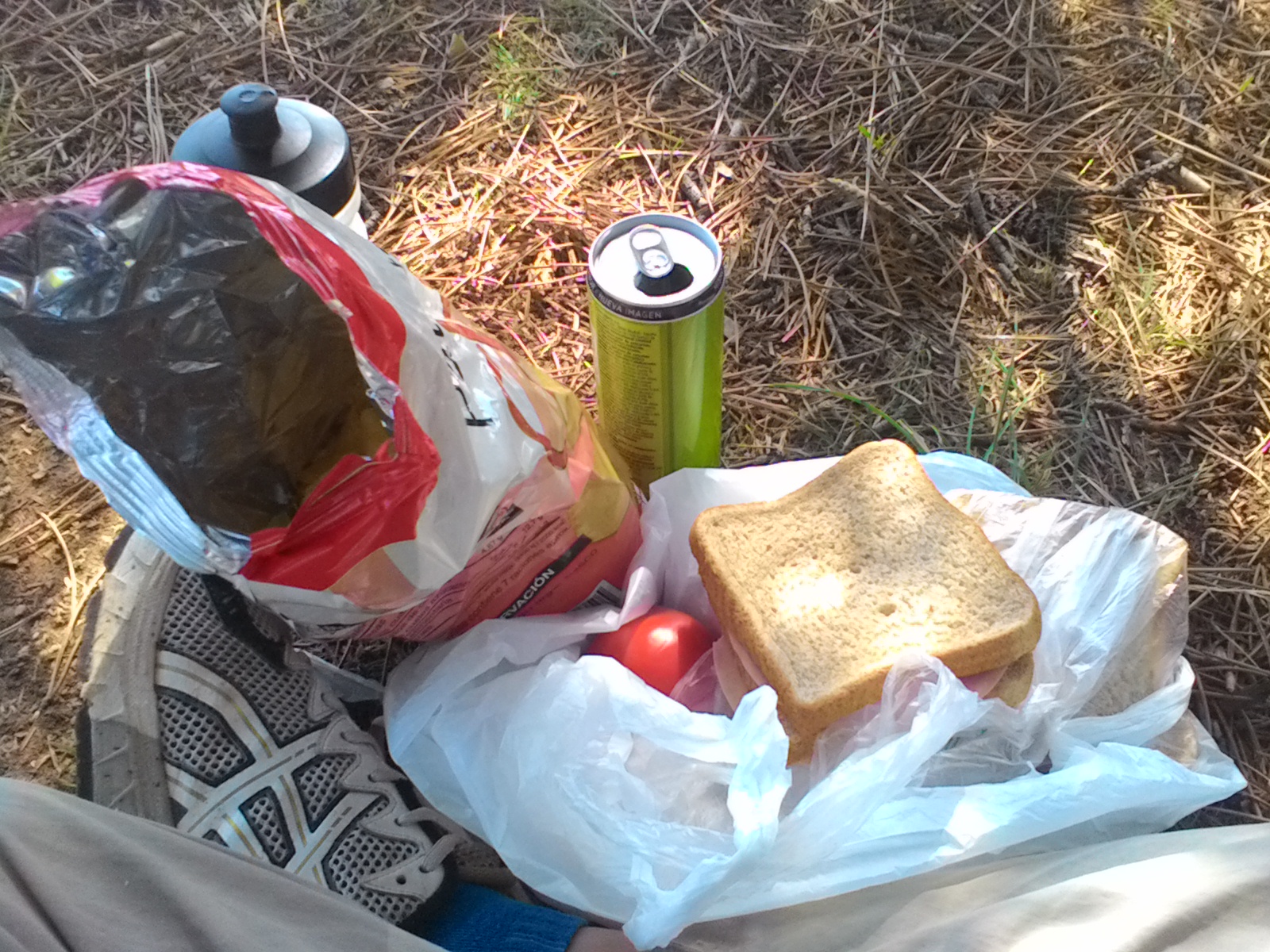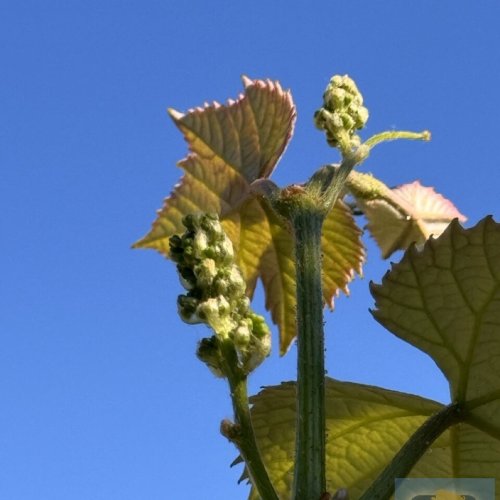I wanted to test how I would do in a long walk both physically, mentally and nutritionally, so just did a 50km trail hike with 1500m elevation gain in 8.5 hours. I stopped 2 times for around 6-7 minutes to eat a sandwich and 1 time to switch socks before trail running.
What a great 'test' you've carried out. Nothing beats actually getting out there and trying things. 50kms in under 9 hours is really impressive.
Just a word of caution though.................
Switch down a gear when you get to Spain

You might want to supplement the food consumed under your 'test conditions' with a diet that has been trialled and tested in rugged field conditions 'ad nauseam' over decades, perhaps even centuries, by hundreds of thousands of Pilgrims..............
Café Con Leche, Tortilla, Bananas, Paella, Bocadillo, Vino Tinto, and a couple of dozen other 'staples'.
You may find, one of the safest ways to make dietary choices and seek out these 'staples' whilst walking is this........
Two or three times during the day.....
Walk into a café or Bar.
Whatever they have piled up on the counter that day,
order some with your beverage of choice

What they have, it is always best consumed at a table with other Pilgrims....
All joking apart, I think nutrition is something people really do worry about the first time around. Particularly if they have specific dietary needs. But I think there are enough refuelling stations along the way (certainly on the CF, my only Camino so far) to keep topped up.
Oh, talking of specific dietary needs, if anyone is wondering if I am packing the Rice Cooker this time, you will be relieved to hear.....NO.
My wife Pat (who is Thai) struggles with her daily intake of Rice. Yes, I know there is Rice along the Camino. We've had that debate here. Many times. But she eats it three times a day! And we are not 'self cooking' in Albergues...... Another long debate....
She has opted for Plan B.
This involves eating whatever is available.
And if.....if.....she needs a supplement of Asian Style Carbs.......we have 3 packs of Thai Noodles, a lightweight cup, and a heating coil

I suspect the Noodles won't get opened.......
Phew.........anyone looking for a brand new 'mini' rice cooker, or two....
























